For Ohioans stories
Putting our shared knowledge to work in communities around the state
Filters
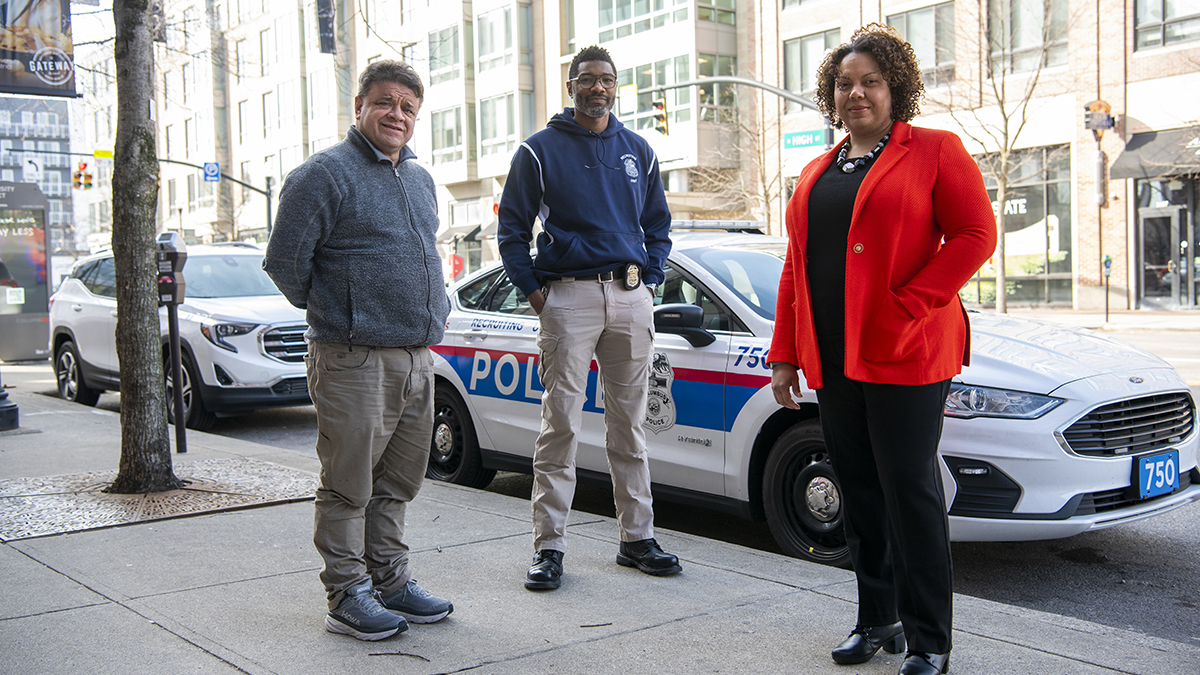 A local approach to a national challenge
A local approach to a national challenge Simone Drake's research is bringing together police officers and community members of different races, legal experts and computer engineers who can create models of human behavior scenarios to assist in training.
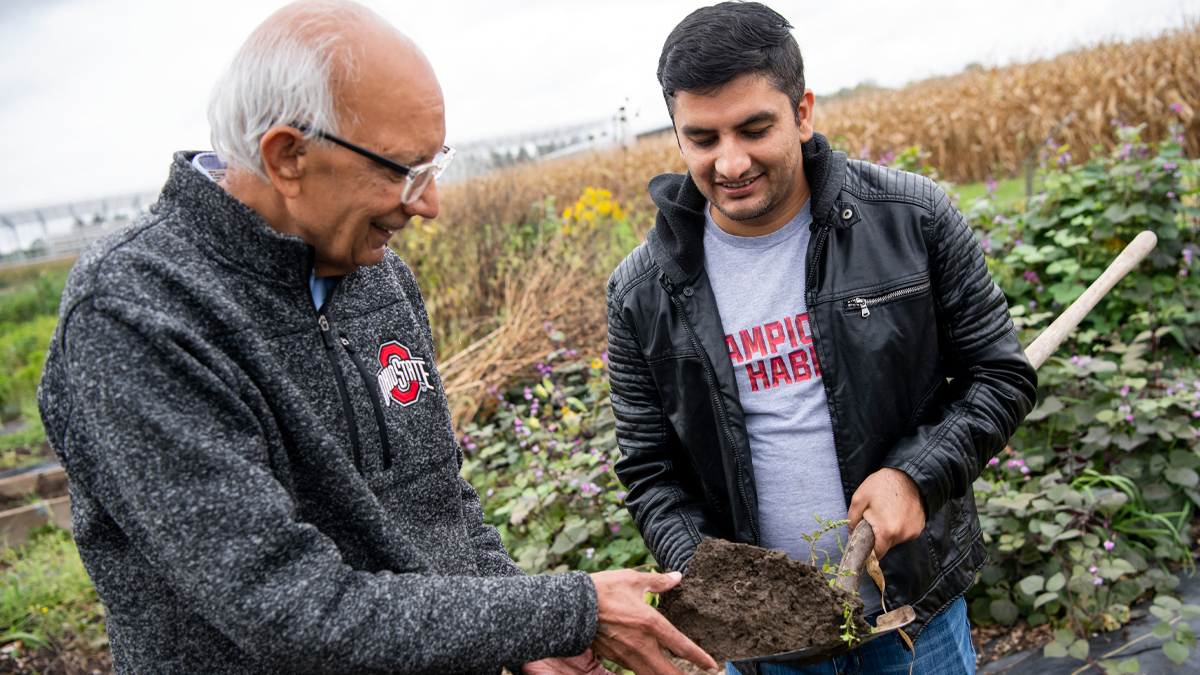 Using soil to better serve people and the planet
Using soil to better serve people and the planet Dr. Rattan Lal compares soil to a bank account in which the planet needs us to put more in than we withdraw, especially now as we deal with the challenges of climate change and feeding a growing world population. “Every living thing on the planet depends on it. We must make sure we manage soil properly and not take it for granted,” he says.
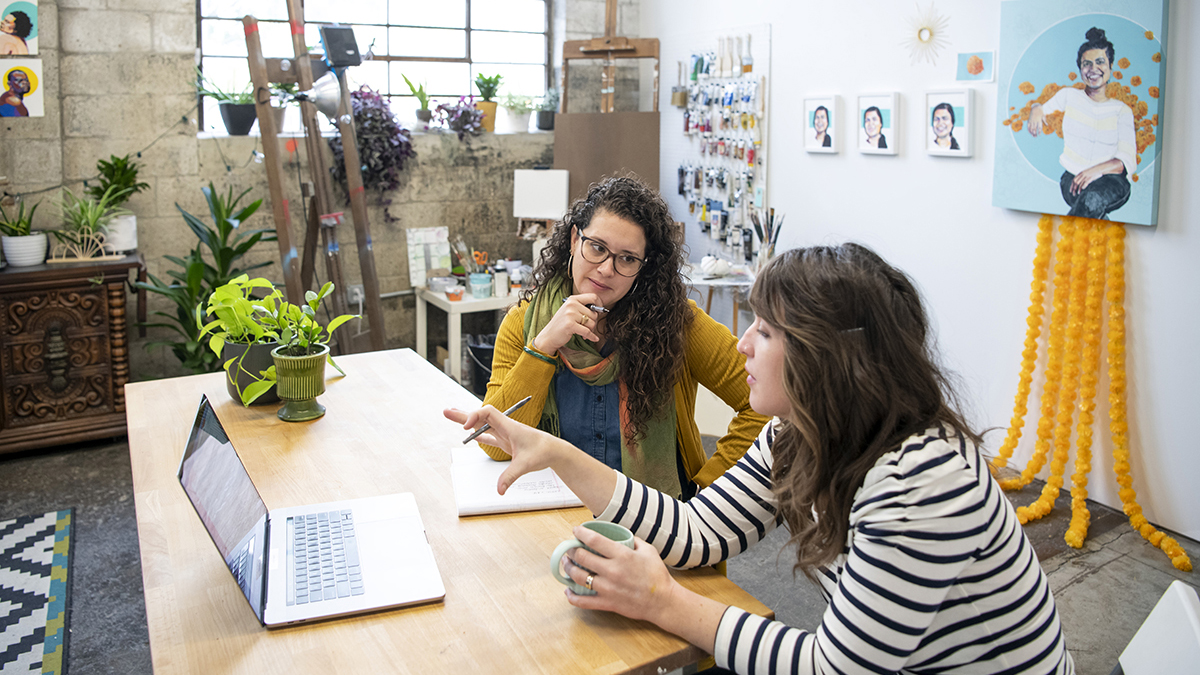 Helping communities combat food insecurity
Helping communities combat food insecurity As a child, Mary Rodriguez can recall days when, every so often, dinner looked a little different than others: a meal of rice and salchichas (sausages or hot dogs) or rice and a fried egg. At the time she thought nothing of it. But in hindsight, Rodriguez realizes her family experienced periods of food insecurity.
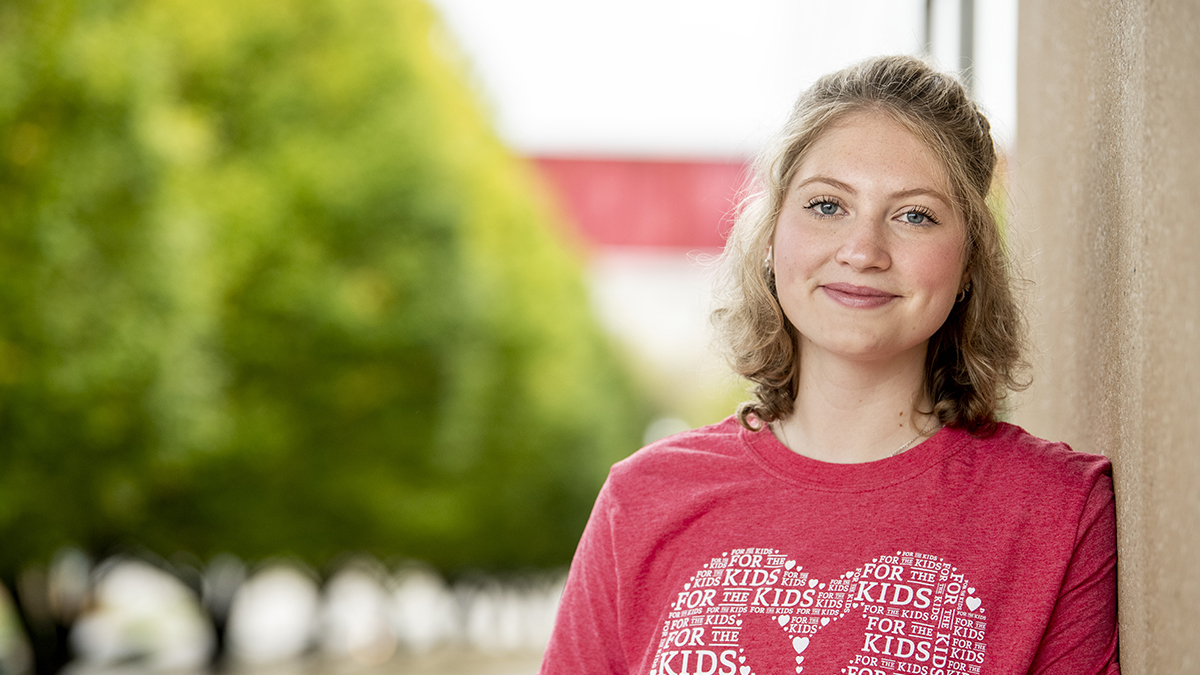 Student’s cancer battle informs BuckeyeThon work
Student’s cancer battle informs BuckeyeThon work Bailey Ramsey beat cancer while remaining heavily involved with BuckeyeThon, an effort which ultimately raised over $1 million for kids battling cancer and blood disorders. "I remember my first dance marathon, hearing all the families’ stories, I remember thinking: This is really special. I’ve just fallen in love with BuckeyeThon and this effort,” she said.
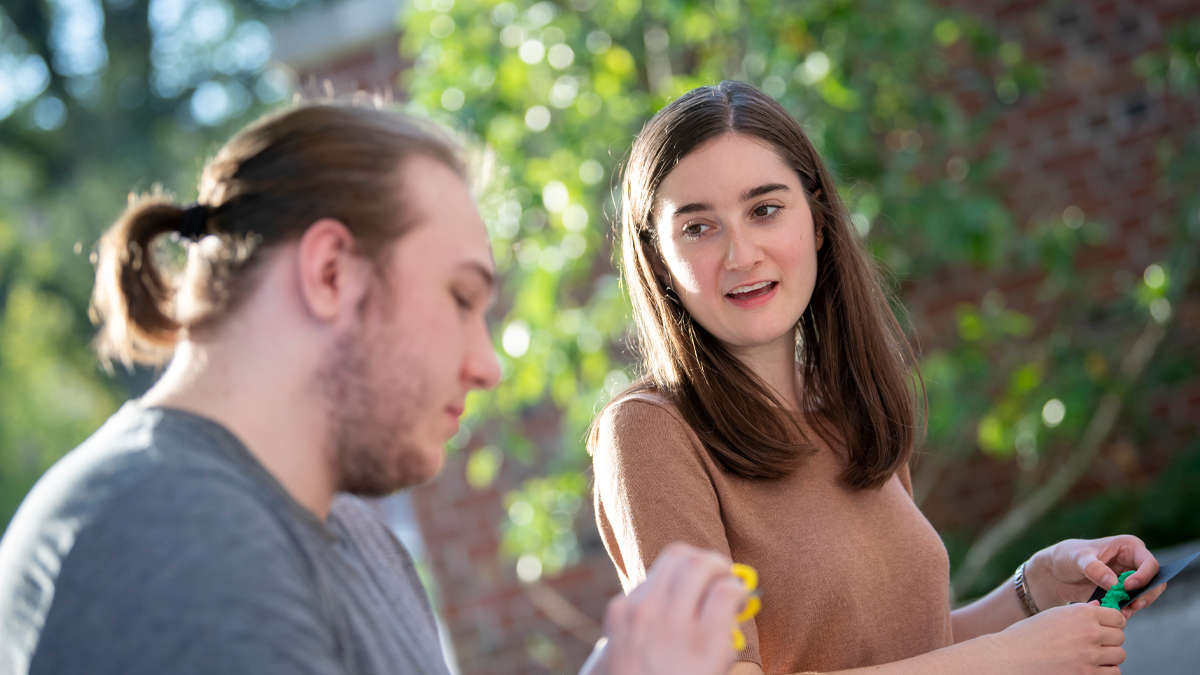 Using 3D printing to promote accessibility
Using 3D printing to promote accessibility Caroline Karbowski’s startup idea has grown from a high school project to an ever-expanding nonprofit organization with a large org chart of team members from Ohio State and throughout the nation. Collaborators and partners from other countries such as Germany and France also have joined the mission. Her team has distributed over 1,400 3D-printed models in 24 states and 10 countries.
The root of a solution to water pollution?
Almost half of Ohio’s lakes, wetlands and streams are tainted with nutrient runoff — fertilizers and animal manure, intended for land, but carried into bodies of water by rain and gravity. Once in the water, those chemicals threaten plant and animal life, water supplies for humans and local economies that depend on water recreation. Could floating islands peppered with nutrient-chomping plants be part of a solution?